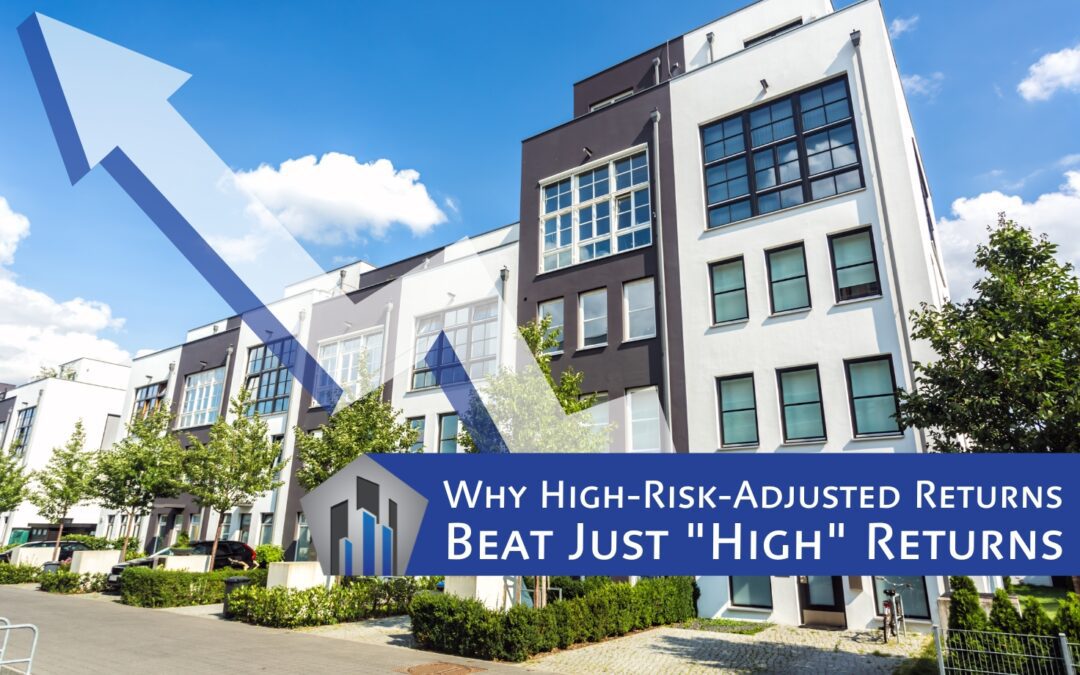In commercial real estate investing, the allure of high returns can often overshadow the importance of risk management. Promises of impressive returns entice many investors, but at Cornerstone Commercial Investments, we understand that maximizing returns over the long run requires a deep understanding of risk-adjusted returns and navigating the often-confusing landscape of investment opportunities.
Understanding Risk-Adjusted Returns
“Risk-adjusted returns” may sound like financial jargon, but it’s a fundamental concept that every investor should grasp. Essentially, risk-adjusted returns quantify the return on an investment relative to the amount of risk involved. In other words, it’s not just about how much money you make, but also how much risk you take on to earn that money. If the risk of loss is high, then the lure of a high potential return loses some of its luster.
To calculate risk-adjusted returns, investors typically compare the potential return of an investment to a benchmark, such as the risk-free rate of return. In commercial real estate, this “risk-free” benchmark often takes the form of a 10-year U.S. Treasury bond yield. By comparing a prospective investment’s expected return to this benchmark, investors can assess whether the potential reward justifies the level of risk.
Digging Deeper: Evaluating Risk in Commercial Real Estate
While high returns may be enticing, they often come with higher levels of risk. That’s why it’s essential for investors to conduct thorough due diligence and understand the specific risks associated with each investment opportunity.
Here are a few key factors to consider:
- Age of Property: Older properties may come with higher risks due to the potential for significant capital expenditures, such as replacing aging building components. Conversely, newer properties may offer lower risk profiles and more predictable cash flows.
- Market Dynamics: Investing in core markets is generally considered safer than secondary or tertiary markets. However, even within a core market, there can be variations in submarkets that impact risk. Understanding the dynamics of the specific market and submarket is crucial for assessing risk.
- Quality of Sponsor: The sponsor’s experience and track record can significantly influence an investment’s risk profile. Investing with a reputable sponsor with a history of delivering solid returns can assure you that the risks have already been well assessed and mitigated. Consequently, the risk profile may be lower even in challenging market conditions.
The Benefits of High-Risk-Adjusted Returns
While high returns may grab headlines, high-risk-adjusted returns offer a more sustainable path to long-term success. By carefully managing risk and seeking investments that offer favorable risk-adjusted returns, investors can achieve a balance between growth and stability. High risk-adjusted returns not only maximize potential profits but also help protect against unexpected market downturns and fluctuations.
At Cornerstone Commercial Investments, we specialize in identifying investment opportunities that offer attractive risk-adjusted returns. Our proven experience and expertise help investors confidently navigate the complex world of commercial real estate. Whether you’re a seasoned investor or new to the game, we’re here to guide you toward smart investment decisions that deliver superior returns over the long term.
At Cornerstone Commercial Investments, we’re committed to helping our clients achieve their financial goals through prudent investment strategies. Contact us today to learn more about how we can help you unlock the potential of commercial real estate investing.

